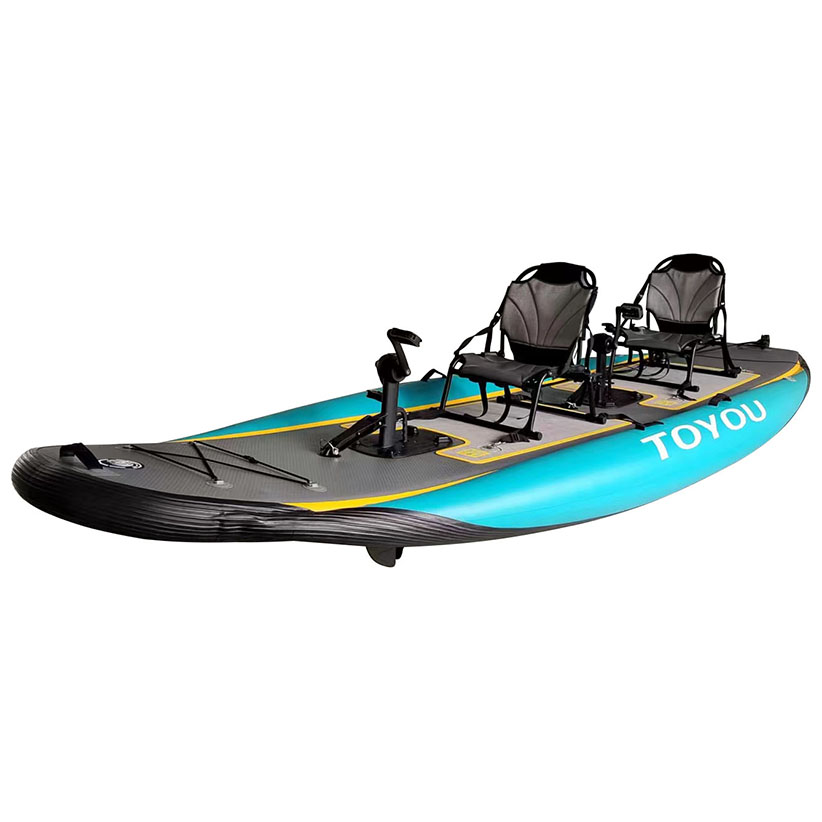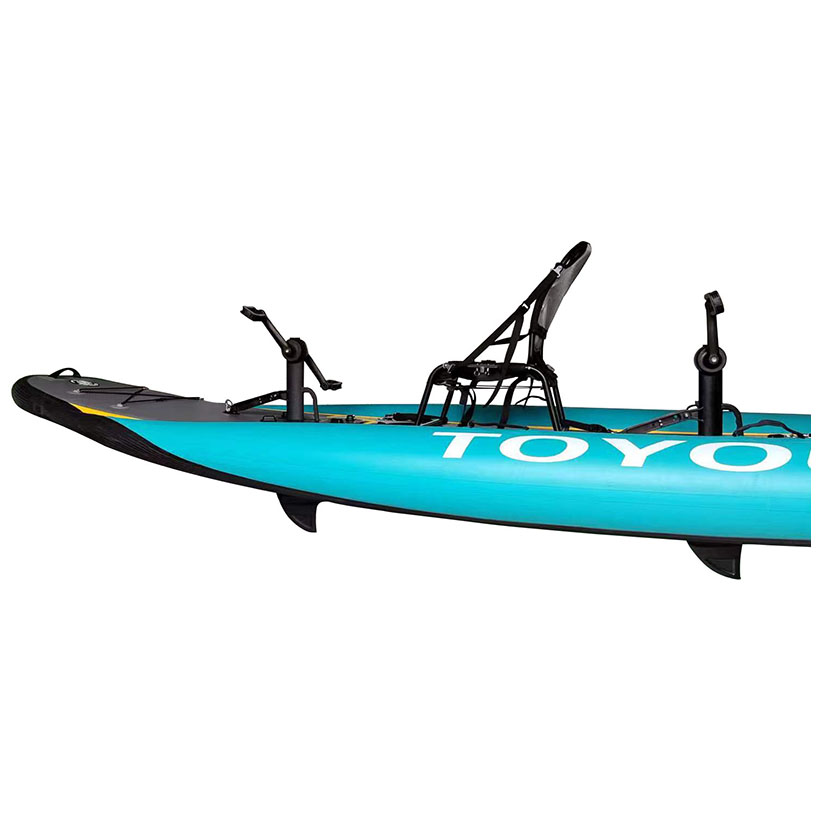Inflatable kayaks can be safe in the ocean under the right conditions and with proper preparation. Here are some important factors to consider:
Key Factors for Safety
- Quality of the Kayak:
- Construction: Look for kayaks made with high-quality, durable materials like military-grade PVC and drop-stitch technology. These materials provide rigidity and resistance to punctures.
- Design: Ocean-worthy inflatable kayaks typically have a more streamlined design, higher weight capacity, and multiple air chambers for added safety in case one chamber deflates.
- Weather and Water Conditions:
- Calm Conditions: Inflatable kayaks are best used in calm ocean conditions. Rough seas, high winds, and strong currents can make kayaking dangerous.
- Weather Check: Always check the weather forecast before heading out. Avoid going out if there are warnings for high winds or storms.
- Safety Equipment:
- PFD (Personal Flotation Device): Always wear a life jacket.
- Emergency Gear: Carry essential safety gear such as a whistle, flares, a bilge pump, and a repair kit.
- Communication Device: Have a waterproof communication device like a VHF radio or a fully charged mobile phone in a waterproof case.
- Skill Level:
- Experience: Ocean kayaking requires more skill than paddling in calm lakes or rivers. Ensure you have the necessary skills and experience to handle ocean conditions.
- Training: Consider taking a sea kayaking course to learn about ocean-specific paddling techniques and safety procedures.
- Inflation and Maintenance:
- Proper Inflation: Ensure the kayak is inflated to the manufacturer’s recommended PSI. Under-inflated kayaks can be less stable, while over-inflated kayaks can be at risk of bursting.
- Regular Checks: Inspect the kayak for any signs of wear and tear before each trip.
Advantages and Limitations
Advantages:
- Portability: Inflatable kayaks are easy to transport and store, making them convenient for ocean trips where access to the water may require a bit of a hike.
- Durability: High-quality inflatable kayaks are designed to withstand various conditions and are generally very durable.
Limitations:
- Performance: Inflatable kayaks may not perform as well as hard-shell kayaks in rough ocean conditions. They can be more susceptible to being affected by wind and waves.
- Speed and Maneuverability: Hard-shell kayaks generally offer better speed and maneuverability, which can be important in challenging ocean conditions.
Recommendations
- High-Quality Brands:
- Advanced Elements: Known for their durable and performance-oriented designs.
- Sea Eagle: Offers robust and versatile models suitable for ocean use.
- Aquaglide: Provides a range of inflatable kayaks designed for various water conditions.
- Additional Tips:
- Buddy System: Kayaking with a partner can increase safety.
- Stay Close to Shore: Especially if you are new to ocean kayaking, staying close to shore can be safer.
- Check Local Regulations: Be aware of any specific regulations or advisories for kayaking in your chosen area.
Conclusion
Inflatable kayaks can be safe for ocean use if they are of high quality, properly maintained, and used under suitable conditions. Ensuring you have the necessary skills, equipment, and awareness of weather and water conditions is crucial for a safe and enjoyable experience.



